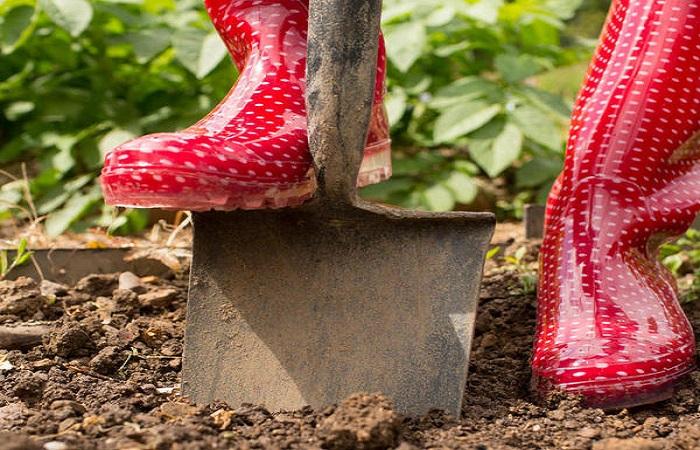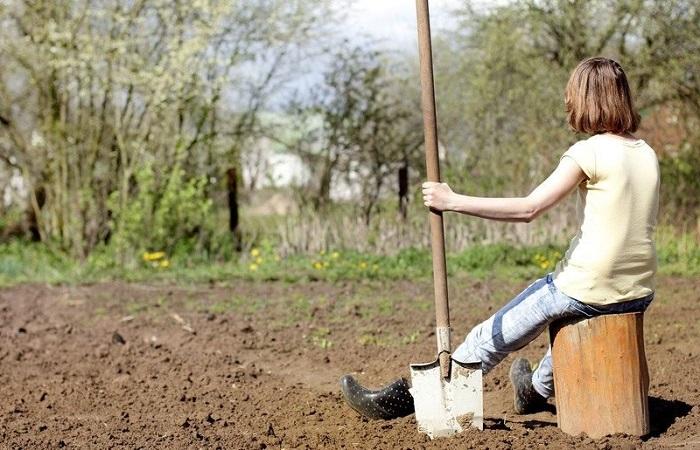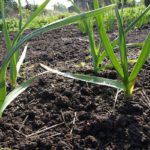For many summer residents and gardeners, the main tool of labor is a shovel. Digging a garden is hard physical work. To ensure high yields and abundant green growth, you need to know when and how to properly dig the beds with a shovel in spring and autumn. Before starting work, it is important to decide on the layout of the beds, the width of the rows, and the depth of seed placement.
Advantages and disadvantages
Loose, well-fertilized and structured soil is the key to active plant growth and abundant harvests.
The advantage of tilling the soil with a shovel:
- the least harm is done to the earth, since the fertile layer is not dug deep;
- easy to process hard-to-reach areas;
- low cost of inventory.
Among the disadvantages, it should be noted the low productivity compared to mechanized processing of the site. It is also quite difficult to dig up a large plot of land with a shovel - it requires a lot of effort.
When to do this?
Thorough soil cultivation is usually carried out twice a season - in autumn and spring. There are certain reasons for digging.
in autumn
Basic rules for processing the site: work is carried out before heavy rains begin (late October-early November), large clods of earth are not broken, but turned over (so that the weed seeds freeze out over the winter). In what cases is it necessary to dig up the soil:
- if you plan to plant plants in an abandoned area in the spring. When digging in autumn, weeds are removed, the soil is fertilized with organic (compost, manure) or mineral additives (potassium and phosphorus mixtures, ammonium nitrate);
- to get rid of ant colonies. It is advisable to dig up a section of soil after the first frost;
- when planting green manure. In early September, the area is cleared of remnants of greenery, dug up and watered.
Autumn tillage also has its downsides. In order not to disrupt the vital activity of earthworms and microorganisms, do not dig up drained, loose soil in the fall.
in spring
It is important to properly prepare the soil for spring sowing. The soil is cultivated immediately before sowing, and its quality must be taken into account:
- heavy soil is dug up in the spring to a depth of at least 20 cm.Work is carried out with the formation turnover if the beds are clogged with weed rhizomes;
- depleted sandy or turf lands are not dug to great depths. It is enough to lightly loosen the top layer to prevent the soil from drying out.
If the plots were sown with green manure in the fall, in the spring the soil must be dug up along with the plants. It is advisable to simultaneously fertilize poor soils with organic matter or mineral additives.
How to dig beds with a shovel
To cultivate sandy loam or crumbly soil, you can use a standard shovel with a sharp blade. It is more practical to dig dense loamy soil with a fork, since wet clods of earth can stick to the shovel blade. To make it easier to process the area, first dig around its perimeter. For most garden crops, it is enough to dig up the soil to a depth of 15-20 cm. It is more convenient to level the dug up earthen surface with a rake.















